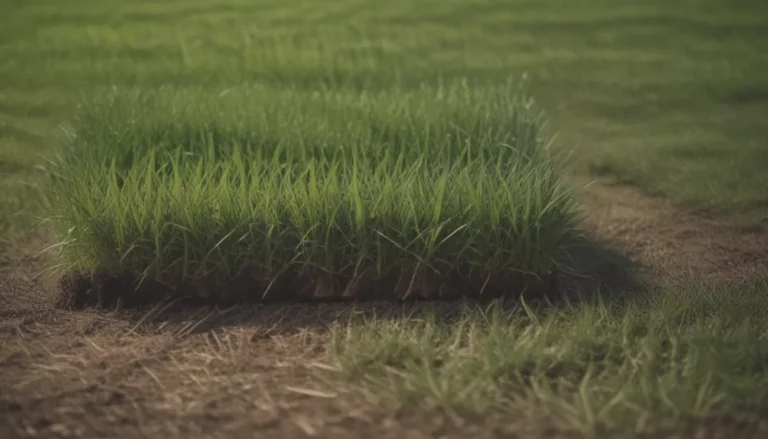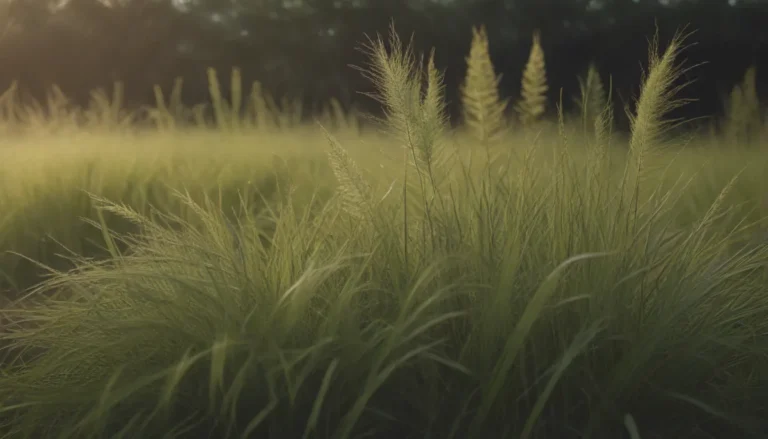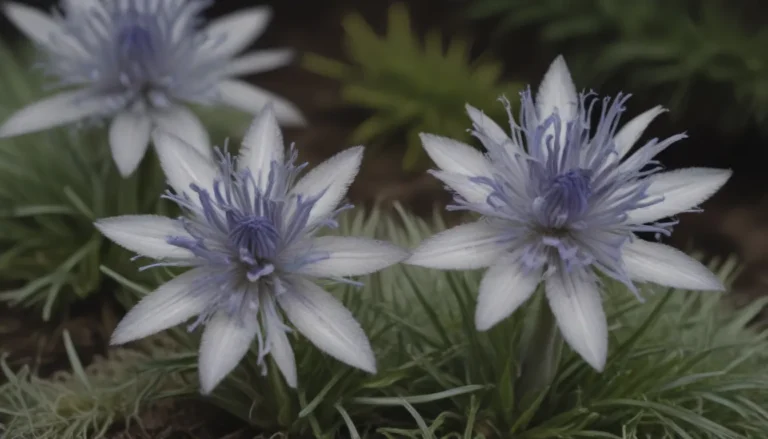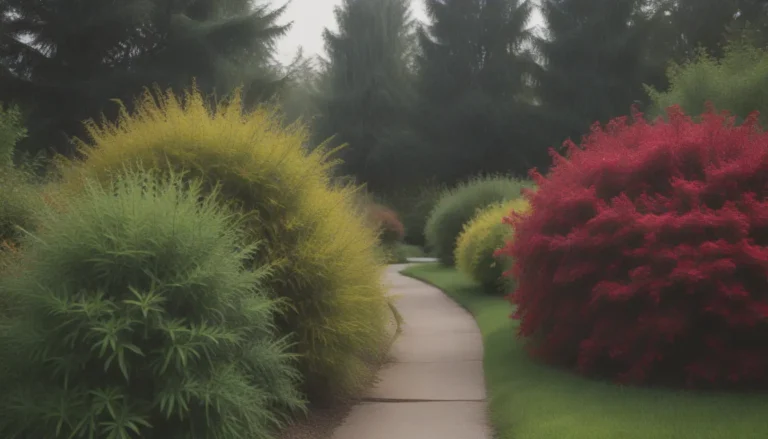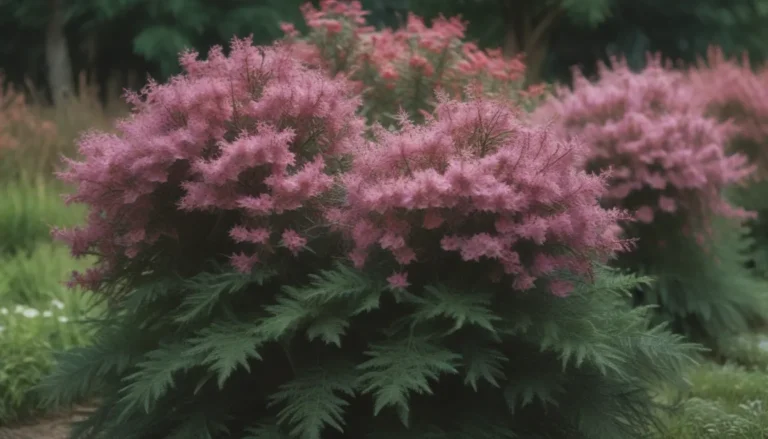The Ultimate Guide to Growing and Caring for Mexican Heather
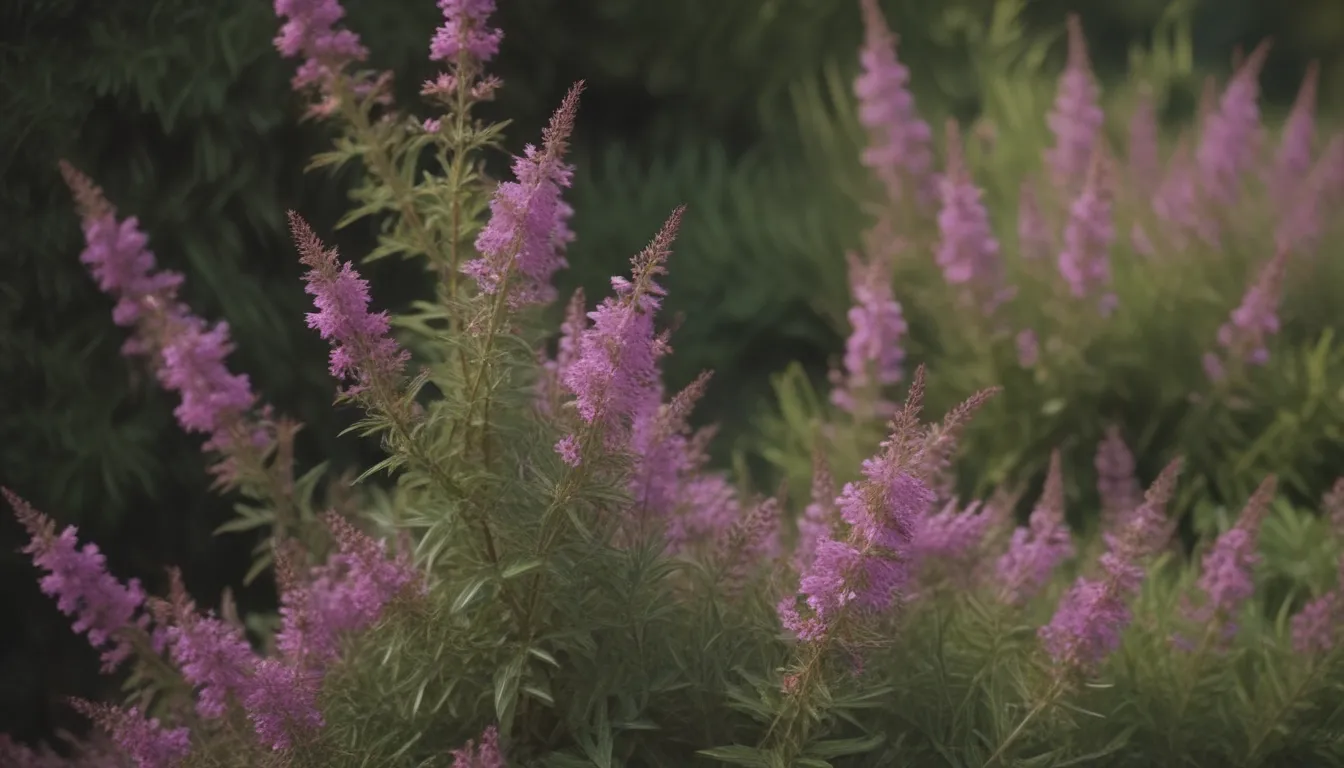
Are you looking to add a touch of color and vibrancy to your garden or outdoor space? Mexican Heather, also known as false heather, is a beautiful and versatile plant that is perfect for adding a pop of color to your landscape. In this comprehensive guide, we will explore everything you need to know about growing and caring for Mexican Heather to help you achieve the garden of your dreams.
Getting to Know Mexican Heather
Mexican Heather is a small shrub that is native to Mexico, Guatemala, and Honduras. It is a multi-stem plant that can reach up to 2 feet tall and 4 feet wide when mature. The plant boasts small, trumpet-shaped flowers with six spreading petals, usually in shades of lavender, and green calyx tubes that bloom from summer to frost. The leaves are lance-shaped, glossy, and green, adding to the plant’s overall attractiveness.
While Mexican Heather may look similar to common heather, it is not part of the heather family, hence its nickname “false heather.” The genus name Cuphea comes from the Greek word kyphos, which means curved or humped, referencing the shape of the plant’s seed capsules. Mexican Heather is a favorite among pollinators, attracting hummingbirds, butterflies like the common sootywing, and the Southern Plains Bumble Bee.
Mexican Heather Care Guide
Now that you are familiar with the basics of Mexican Heather, let’s dive into how to care for this stunning plant and help it thrive in your garden.
Planting Mexican Heather
- Plant Mexican Heather only after the soil has warmed up, as it thrives in warm climates.
- Mexican Heather can be used as a container plant, a border plant, along walkways, or in small spaces. It can even hang attractively in a basket.
- For a striking visual display, group Mexican Heather in pots around a patio, pool, or water feature.
Light Requirements
- Mexican Heather thrives in full sun but can also do well in light shade. While it does well in full sun, the foliage tends to stay greener in partial shade.
Soil Needs
- Plant Mexican Heather in average, well-drained loam or clay soil. It thrives in slightly acidic soil with a pH between 5.5 and 7.
- In desert regions with alkaline soils, like the dry heat of Phoenix, the plant may be prone to yellow leaf chlorosis. You can amend the soil by mixing in peat moss or using acid-forming fertilizers to help combat this issue.
Watering and Feeding
- Mexican Heather thrives with consistent moisture and is considered a classic “mesic” plant in regions like Phoenix. Water regularly or heavily in desert landscapes where needed.
- Mulch generously with organic matter and feed the plant regularly with a light fertilizer to promote healthy growth.
Temperature and Humidity
- Mexican Heather is evergreen in warm climates or when grown indoors. It is hardy in USDA Zones 9b through 11 and grows best in temperatures above 55 degrees Fahrenheit.
- The plant can tolerate high summer heat and some drought but will not survive frost. It can withstand chilling temperatures as low as 35 degrees. In colder regions, grow Mexican Heather as an annual.
Types of Mexican Heather
While Mexican Heather typically blooms in purple, there are cultivars available in white or pink variations such as ‘FloriGlory™ Corazon,’ ‘Mexican Heather White,’ and ‘FloriGlory Diana.’
Pruning and Propagating Mexican Heather
- Prune Mexican Heather lightly in spring, if necessary. Older plants can benefit from more intense pruning or shearing in early spring or late winter to rejuvenate them.
- You can propagate Mexican Heather through softwood cuttings or by seed.
Growing from Seed
- Start Mexican Heather seeds indoors 8 to 10 weeks before the last frost date for optimal results. Alternatively, you can collect seedlings outdoors and transplant them under other plants in a landscaped bed.
Common Pests and Diseases
- While Mexican Heather is generally resilient, keep an eye out for potential pests like nematodes, mites, and caterpillars. These pests can weaken the plant if left unchecked.
- Nematodes, in particular, can cause significant decline in the plant, while flea beetles can strip the plant of its leaves.
In Conclusion
Mexican Heather is a versatile and stunning plant that can add beauty and charm to any garden or outdoor space. By following the tips outlined in this guide, you can successfully grow and care for Mexican Heather, allowing it to thrive and brighten up your landscape with its vibrant flowers and foliage.
For more information on Mexican Heather and other gardening tips, check out the resources below:
- North Carolina Extension Gardener Plant Toolbox
- Missouri Botanical Garden Plant Finder
- Encyclopedia of Life
- Arizona State University
- University of Florida: Cooperative Extension Service, Cuphea Hyssopifolia
Remember, with the right care and attention, your Mexican Heather plant will reward you with its beautiful blooms and foliage for years to come. Happy gardening!

